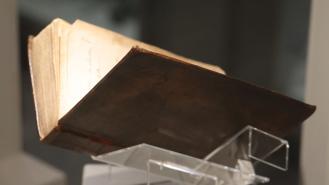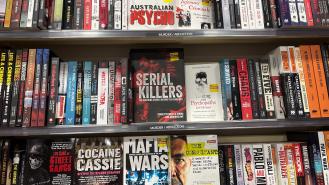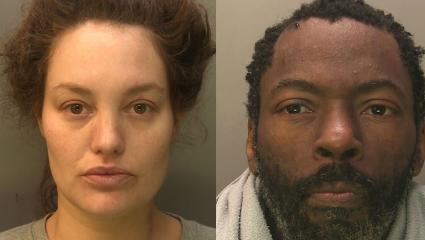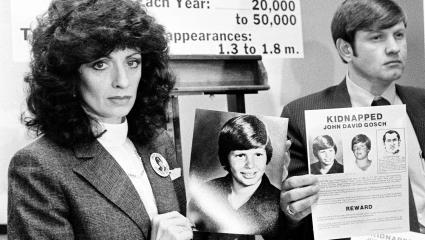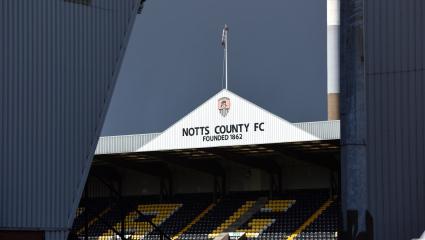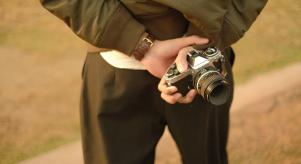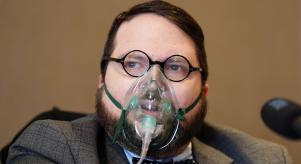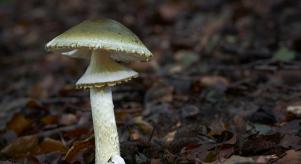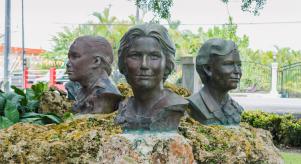

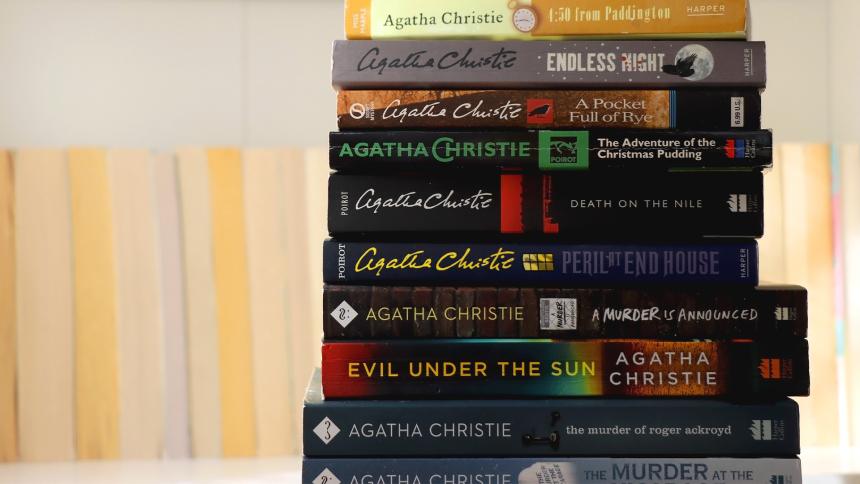
Agatha Christie’s real Thursday Murder Club
What if Agatha Christie had built her own covert club of detectives?
Behind the glamorous tales of Poirot, Miss Marple and intricate locked-room puzzles, Christie moved in a world of mystery writers who shared secrets and challenged each other’s craft. That world was the Detection Club, and its legacy is a fascinating bridge between fiction and the real psychology of crime.
Join Crime+Investigation as we delve into the world of some of the most renowned writers and how they all inspired each other's work.
Mystery writers unite
Today, readers may know The Thursday Murder Club as a best-selling novel (and now hit film), about a quartet of elderly sleuths who convene every Thursday to solve cold cases. That warm, whimsical premise feels modern – but the spirit of collaborators gathering over dinner to debate clues is vintage Christie. In fact, Christie and her peers did precisely that.
In 1930, Anthony Berkeley Cox helped found the Detection Club, a gathering of leading British mystery writers that included Christie, Dorothy L. Sayers, Ronald Knox and others.
The club was more than social. It was a forum for exploring the puzzles and paradoxes of crime writing. They shared drafts, hashed out tricky plots, and even committed to a loose code of ‘fair play’ for their mysteries.
When Christie became president of the club, she accepted membership only under the condition that a co-president would help run it.
Christie’s detective world
The Detection Club didn’t solve real murders. However, it occupied the space between writerly invention and detective method. Meetings often involved dinners, playful initiation rituals and discussion of technical problems in plotting crime fiction.
There was even an oath: members promised not to rely on 'divine revelation, feminine intuition, mumbo jumbo, jiggery-pokery, coincidence or act of God' to resolve their mysteries.
The club also produced collaborative anthologies, such as The Floating Admiral, in which multiple writers contributed chapters. Each member also sealed their own ‘solution’ in advance, preventing later tampering or impossible twists.
So, who were some of the members of the club?
Dorothy L. Sayers
Dorothy L. Sayers, creator of Lord Peter Wimsey, was one of the most influential members. She brought not only her sharp intellect but also her fierce commitment to fairness in storytelling. Sayers championed the idea that readers should always be given a fair chance to solve the mystery themselves, if they were clever enough to spot the clues.
For Sayers, detective fiction wasn’t just pulp entertainment. Fiction was a literary puzzle, a battle of wits between author and reader. Her leadership within the club helped set the tone for its playful yet rigorous standards.
She even hosted some of the earliest collaborative projects, where different authors each took turns writing chapters of the same story – a daunting experiment that tested both creativity and discipline.
G.K. Chesterton
G.K. Chesterton, the creator of Father Brown, was the club’s first president. Known for his booming presence and love of spectacle, he injected the club with a sense of theatre.
Chesterton’s blend of humour and gravity shaped the club’s personality. His Father Brown stories – philosophical, paradoxical and deeply moral – reminded members that the detective genre could be about more than red herrings and clever twists. It could probe more profound questions about justice, evil and the human soul.
Anthony Berkeley Cox
If Agatha Christie was the queen of the puzzle plot, then Anthony Berkeley Cox was its great trickster. A restless innovator, he wrote under multiple names – most famously as Anthony Berkeley and Francis Iles – and constantly pushed the boundaries of what detective fiction could be.
Within the club, Berkeley was a provocateur. He was the man who kept everyone honest, needling his fellow writers if they relied too heavily on coincidence or bent their own fair-play rules. Cox believed crime fiction should evolve with the times, and his experiments helped shape the genre far beyond the cosy parlours of the Golden Age.
More than fiction
It’s tempting to view the Detection Club as a quirky writers’ dinner circle, but it was something more. The club was a genuine attempt to hold the genre to a higher standard.
Their meetings formed a kind of writerly justice system. Where police had procedure and the courts had law, these crime writers created their own moral code for murder on the page.
Love true crime? Stay in the know with the Crime+Investigation Newsletter! Get exclusive access to new articles, episodes, clips, competitions, and more – delivered weekly and completely free. Don't miss out – sign up today!

